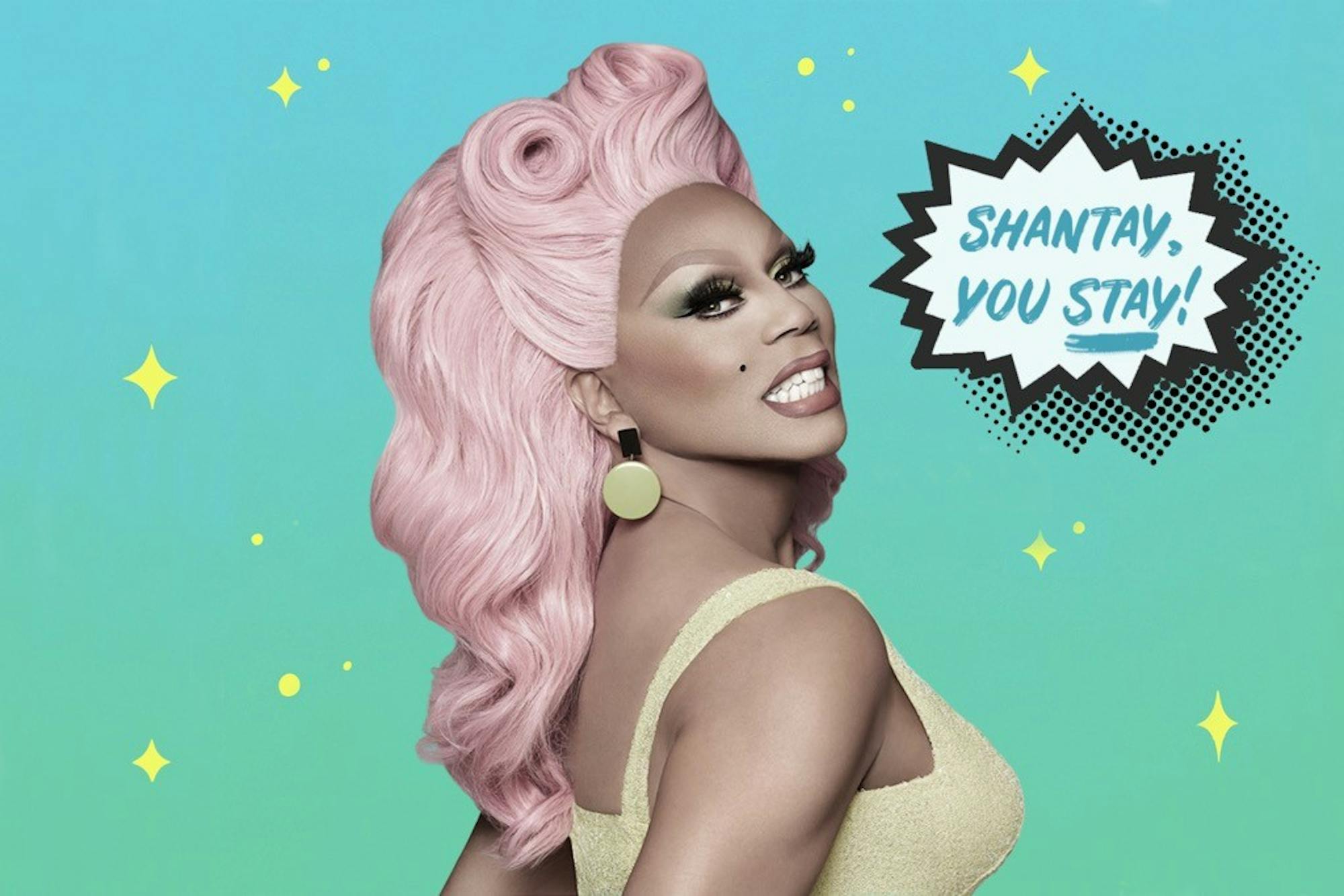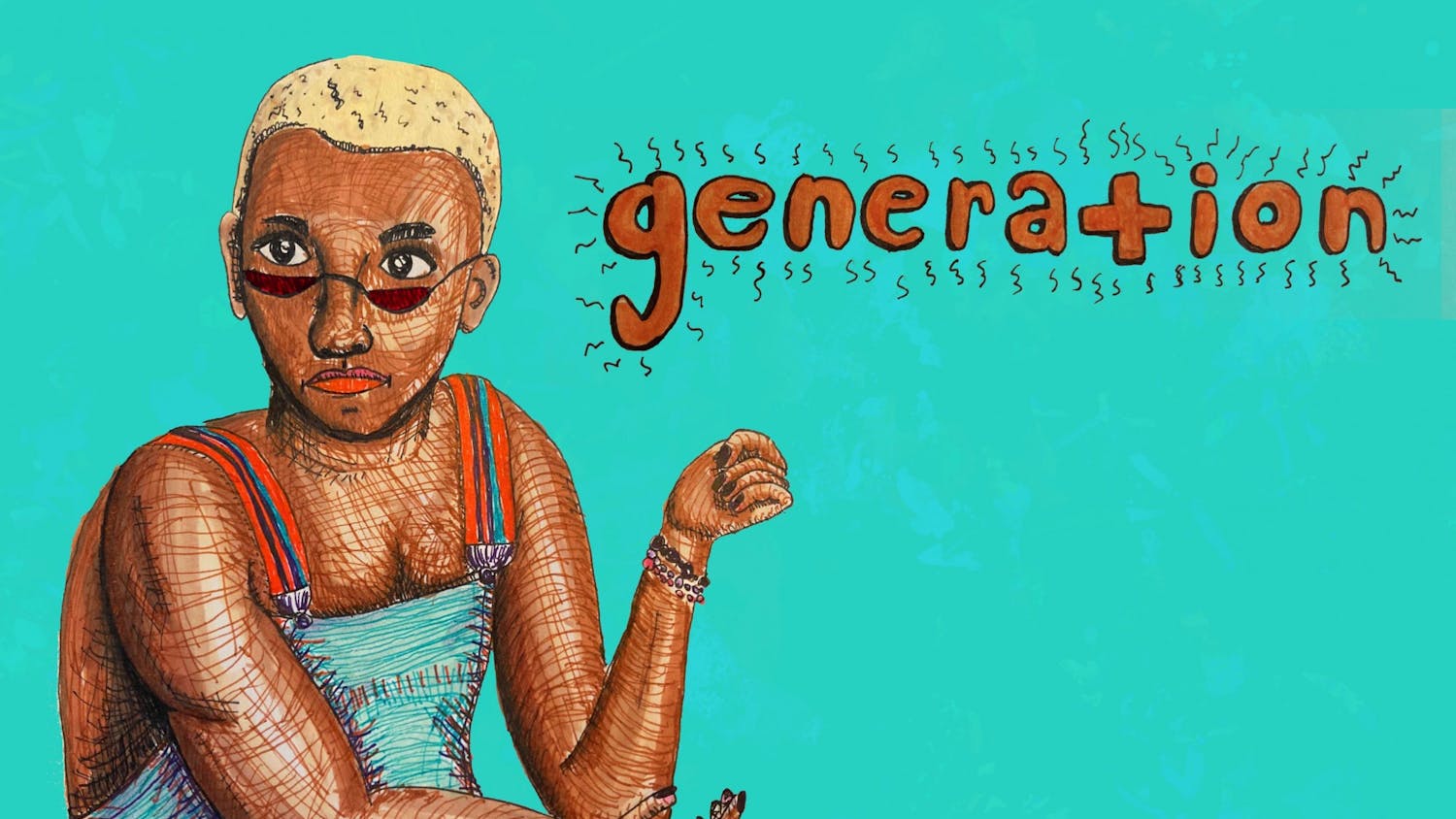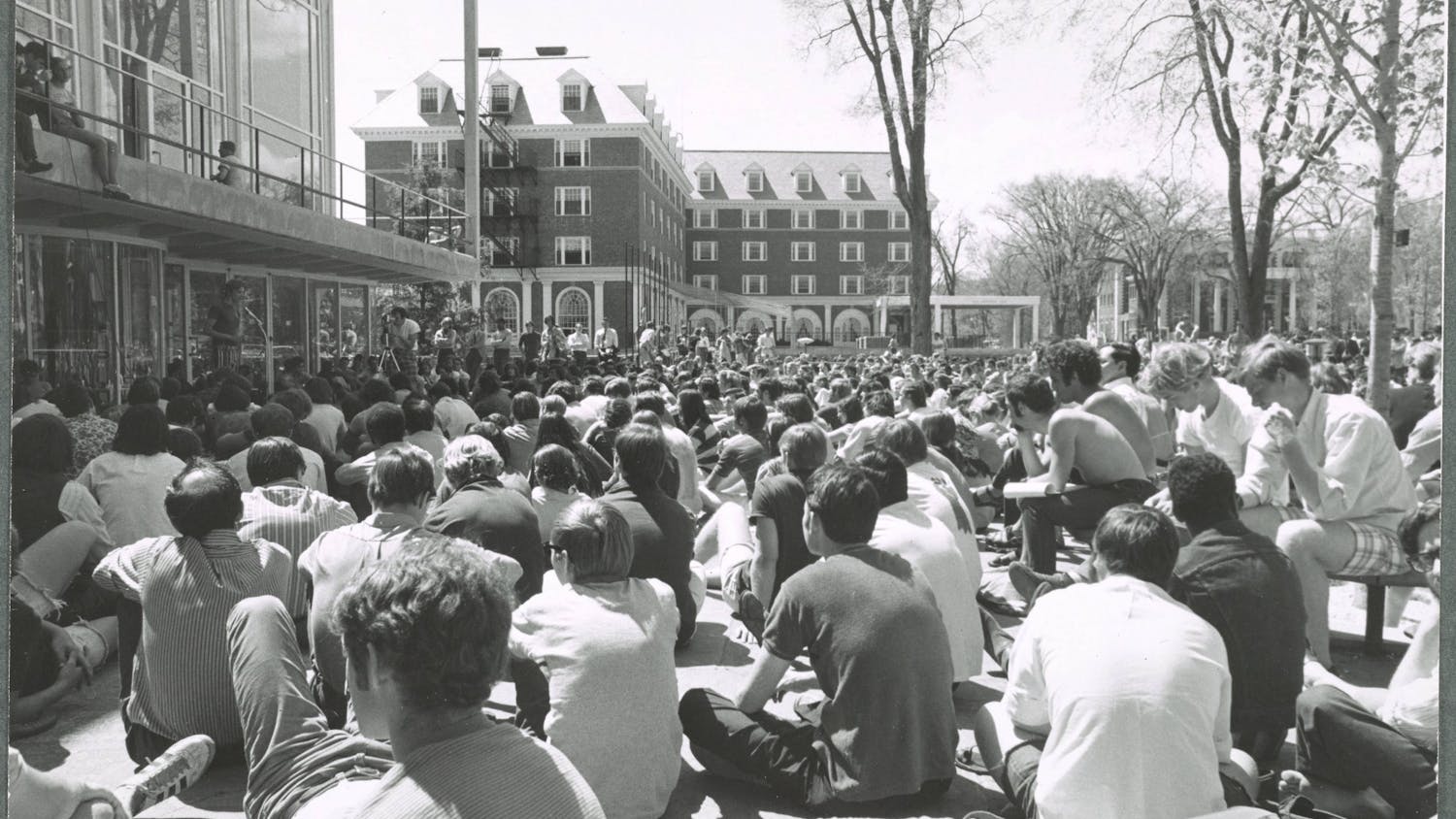The popular reality television series “RuPaul’s Drag Race” is a rare staple in both queer and mainstream culture, appealing to a wide range of audiences through its blend of drama, comedy, heartwarming moments and true artistic talent. Following season 12, a fan favorite, audiences had high hopes for season 13. Ultimately, however, the latest installment was unable to live up to its potential. Despite the talent of the drag queen contestants, the stylistic and structural production of this season was notably lackluster.
Right off the bat, in the first episode, the audience gets an idea of how this season will progress: it will be — and feel — extremely long, and the producers and judges will not even attempt to hide their favoritism. In the past, a typical first episode began with introducing each queen one by one and then followed a story arc based around the assigned central challenge of the week.
However, this season opted for something completely different: the entire first episode was a series of one-on-one lip syncs. Two queens would walk in and were then summoned by the judges to the main stage — the queens looking extremely bewildered and concerned. After lip syncing, one queen would be “saved” and one “eliminated.”
When the first lip sync occured, it was exciting –– nobody knew what would happen next. But the act quickly became stale when this exact process repeated itself six times, dragging on for an hour and a half. At this point, the audience realizes there is no way RuPaul would eliminate six or seven queens at the same time, and the episode loses its thrill; predictably, the episode ends with the reveal that the “eliminated” queens will continue to participate in the season. The episode feels repetitive, plotless and exceedingly long.
The second episode focuses on the winners of the lip sync, while the third episode gives screen time to the losers. These first three episodes end without a single queen eliminated, adding to how lengthy this season feels. In the fourth episode, the groups of winners and losers merged, and the show returned to its standard structure centered around a main challenge — a welcome return to the fast pace of earlier seasons.
Many of these challenges were remarkably creative and highlighted the talents of contestants. In “The Bag Ball” episode, Utica Queen creates one of the best garments ever sewn on “RuPaul’s Drag Race” — a dress fashioned entirely from sleeping bags. In the “Snatch Game” episode, Gottmik transforms into a near doppelganger of Paris Hilton and demonstrates her quick wit. The episode “Nice Girls Roast” showcases the comedy chops of Kandy Muse, Rosé and Gottmik. Throughout the entire season, Lala Ri and Denali Foxx prove to be fantastic at lip syncing, and Tamisha Iman and Kandy Muse bring the drama. Overall, the cast is interesting and well-rounded.
Despite the contestants’ clear talent, a lot of the season’s magic is lost due to obvious rigging by the producers. Almost everyone who watches reality television knows that events are controlled by the producers, but in this case,the problem is not the manipulation itself –– but rather how blatant that manipulation is. The audience should not be able to easily discern which queens the producers favor to win the season. While viewers know the producers create storylines for the queens and identify potential winners of the season before filming even begins, producers typically do a better job of concealing their favorites.
In this season, it’s clear from the first episode — which splits queens into “winners” and “losers” — who the producers’ favorites are. The producers’ preferential treatment of certain contestants is especially clear in the challenges where there is no clear winner— most notably, in Symone’s win over Tamisha Iman in the first episode’s lip sync battle. Other moments also make it far too evident to the audience who producers want to be in the finale. For instance, in the episode “Disco-mentary,” Gottmik was essentially edited out of the dance number, likely because she is not a good dancer. In the episode “Freaky Fridays Queens,”contestants were judged in pairs instead of individually, holding contestants responsible for their partner’s performance. As a result, Denali Foxx ended up being eliminated for a mistake that her partner made.
Yet, a surprising benefit of filming during the COVID-19 pandemic was the roster of rotating guest judges. In a normal season, producers find celebrities to be guest judges. They are usually there to promote their upcoming film or album, so the celebrities are often visibly out of place in the show. Most of these celebrity judges do not offer much commentary or demonstrate any significant passion for drag culture. But due to this season’s COVID-19 restrictions, the show chose only four rotating guest judges, all of whom unmistakably loved the show, had been guest judges multiple times in the past and understood drag. So, the judging in this season actually proved very fun and dynamic.
By the time the finale rolled around, the season was running on its 17th week, and as an audience member, I was wiped. Despite my exhaustion, the finale was enjoyable enough. The format of the episode closely mirrored that of previous seasons, with the show’s top four contestants — Gottmik, Kandy Muse, Rosé and Symone — competing in a typical lip sync showdown. The first round featured Rosé against Kandy Muse and Symone against Gottmik, and the final saw Kandy Muse square off against Symone, with Symone ultimately taking home the crown.
Although the finale featured some fantastic songs –– all by Britney Spears –– I couldn’t help but feel that it was anticlimactic. Producer favoritism throughout the entire season made the episode disappointingly predictable. Although the top four are supposed to have an equal shot at glory, it was clear from the get-go that Symone and Gottmik — who had the best records on challenges and the most start quality — were the two strongest contenders for the crown. While a final lip sync battle between these two candidates would have kept me on the edge of my seat, the final battle — between Symone and Kandy Muse, the candidate with the worst record on challenges — fell flat. From the battle’s outset, it was obvious that Symone would end up taking home the crown.
In the shadow of both a phenomenal season 12 and season 2 of the show’s fantastic British version, which aired at the same time, season 13 pales in comparison. Overall, the queens on season 13 of “RuPaul’s Drag Race” are incredibly talented and were the reason that I kept watching. While the show manages to pull off an impressive season in the face of a global pandemic it is difficult to overlook the mediocre production.
Rating: ★★★☆☆
Jessica Sun Li '24 is a sociology major and English minor from the suburbs of Chicago. She was the 180th Directorate's arts editor, and her passion project is the "Dear Mirror" column. Outside of The Dartmouth, she is involved in the figure skating team and sociology research. She really wants to adopt a cat.




